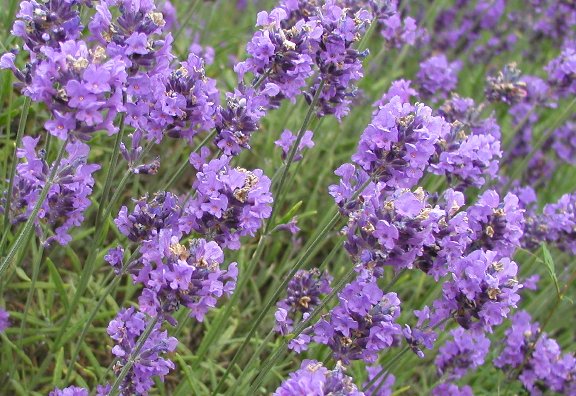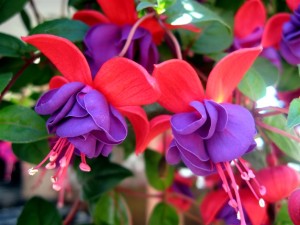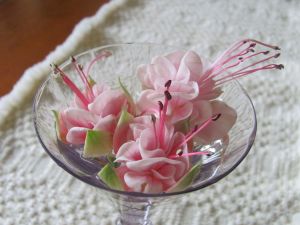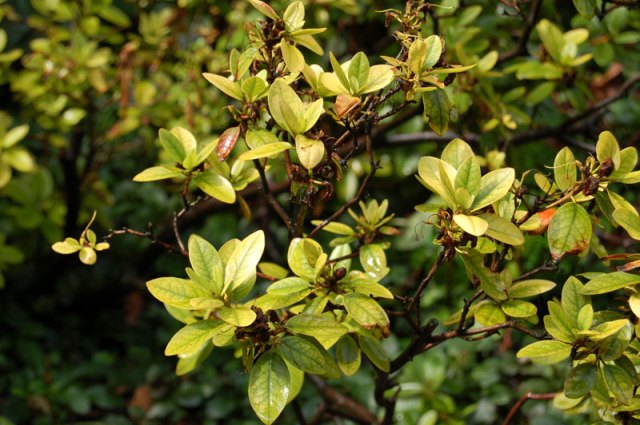
If you can grow this, sand can't be too bad. Lavender, ahh.
Sand=tiny bits of stone. Soil is alive with so many creatures its an ecosystem unto itself, something that little bits of stone will never achieve. Sand does add structure-water winds its way through easily to drain and oxygen can get around. But organic matter is what grabs onto nutrients and allows the soil to hold moisture. With nutrients and moisture there is something onto which bacteria, small insects and worms can latch, and now you have a living place for your plants.
If soil were a soup, chicken broth would be the organic matter, nitrogen, phosphorus and potassium would be the spices, carrots and celery the sand. You’ve got a little crunch, flavor, and a place to blend them both together.
Here’s a recipe for super sandy. Add 2 inches om, or organic matter, and mix it into the top 5 or 6 inches of your bed. To plant shrubs and trees you will need to mix enough om for the top 18 inches at least. Totally worth it. A great source of organic matter is all the stuff you rake from the yard throughout the summer like grass clippings, dead plant stalks and leaves.
If your yard is too tidy for that stuff, you will have to buy it. It’s heavy so be prepared to bring someone or something strong to lift and strew. Or just hurt your back like to rest of us and suffer for a day or two. I did not even mean to rhyme that, but it works doesn’t it?
What flowers grow well in sandy soils: Cacti.
Just kidding, we can do better than that-try daylillies to start. I know they’re not exciting but the deep taproots help it survive anything short of complete armageddon. You can always cut the tops off later and leave the roots in the ground to decompose, adding om.
Iris can grow in sand, but usually only if its also wet and acidic, so read the fine print on purchased plants. Lavender can be grown in sandy soils, so that’s a definite plus.
A good short term is to keep the beds thoroughly watered and add some fertilizer to the water to add the nutrients the soils cannot yet provide. If you don’t bother to add organic matter the plants might get along, but you’ll spend more money and time watering and fertilizing, and I know you know what those chemicals and water usage means to the environment so I’m not even going to mention it.
Remember to always check your sun. Lavender needs bucket loads of it, and that’s not negotiable.
Keep that soup in mind when planting and think about what you would want to eat if you were a plant. A diet of raw carrots is borrrrr-ing.
Trust me, as a woman, I’ve tried it.





















